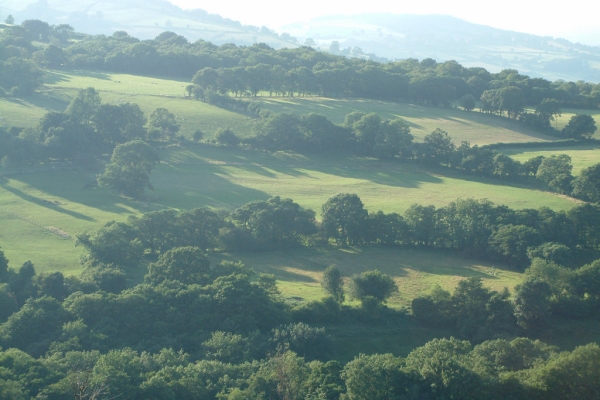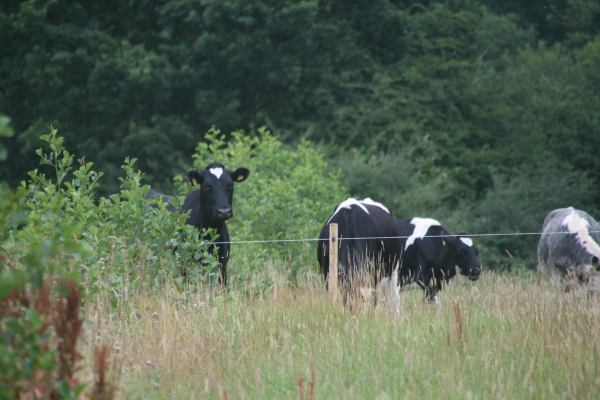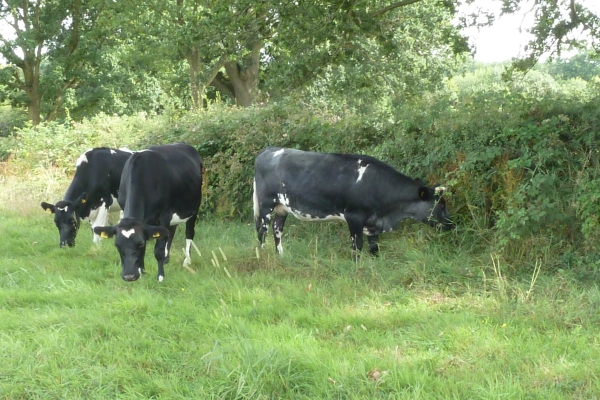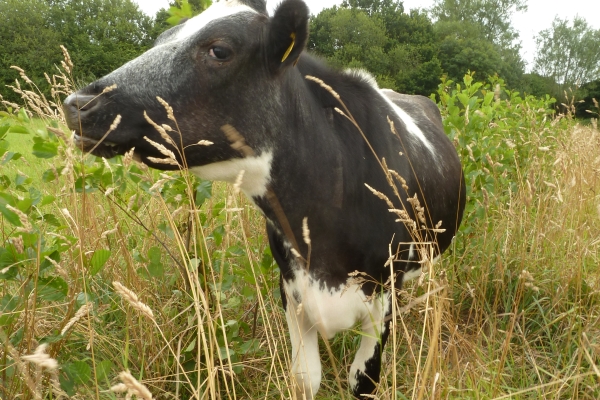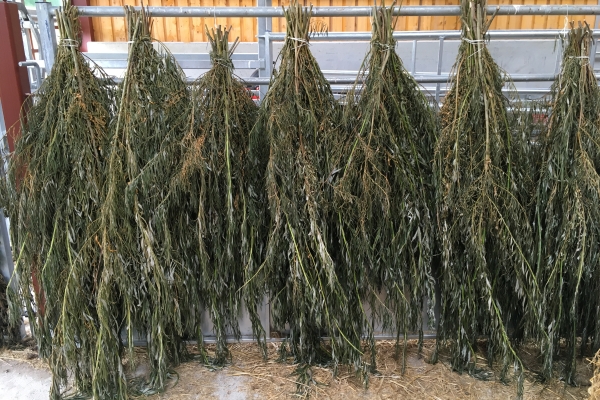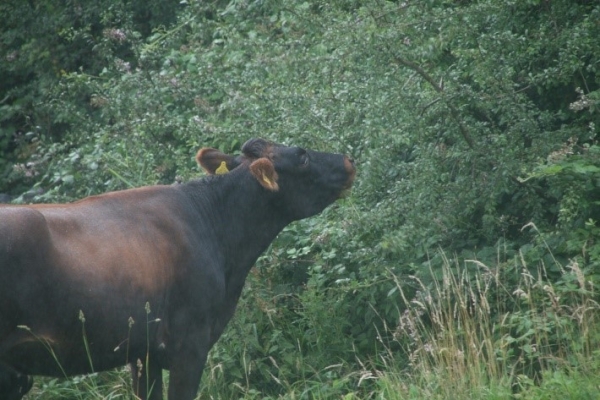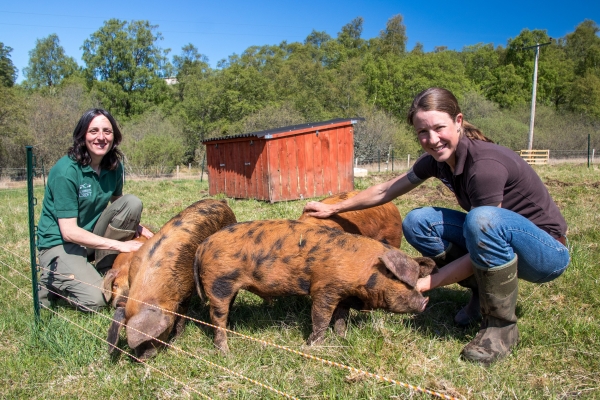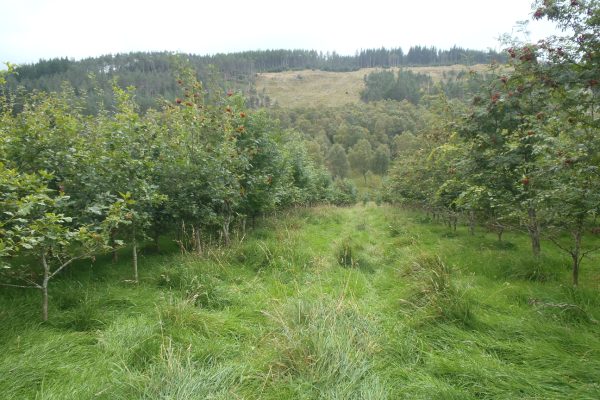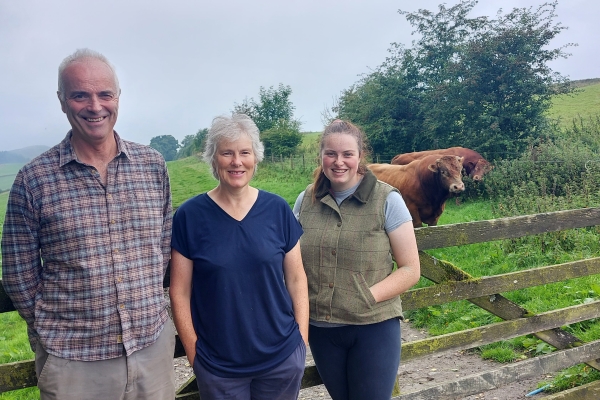Alley planting, Shelterbelts and In-field Trees
Resource explained
These three well-illustrated two-page leaflets from the Woodland Trust, produced with the help of Organic Research Centre’s Dr Lindsay Whistance, are aimed at livestock farmers wanting to make the most of trees on the farm. ‘Alley Planting’ covers the benefits of tree alleys, designed to fit into your farming system to support and enhance your grass and livestock management. It gives an example of a tree planting design with tree species selection. ‘Shelterbelts’ focuses on the multiple benefits of shelterbelts for livestock and the environment, presenting optimised shelterbelts with design and species suggestions. ‘In-field Trees’ covers the benefits of in-field trees, focusing on providing shade and shelter to livestock and other environmental benefits. Design options and species selection for standard trees, intermediate trees, and browsing shrubs are discussed for different scenarios.
Findings & recommendations
- Tree alleys create sheltered grazing blocks that can keep the soil warmer in the colder seasons and extend grazing and cropping by up to 17 weeks.
- Sheltered microclimates mean resources are more efficiently used during cold and wet weather events.
- Standard trees offer long-term shade/shelter and timber, whilst browsable rows of e.g. goat willow, hazel, rowan, aspen and alder offer fodder and wind shelter.
- Design of the alley should ideally be north-south but designs can be adapted to achieve the goals of your farm.
- Shelterbelts can protect livestock from weather extremes, improving animal welfare.
- The microclimate created by the shelterbelt can extend up to 20 times the height of the tall trees.
- Shelterbelts can reduce surface water run-off, reduce soil erosion, capture ammonia emissions, provide wood products, browse for livestock and support biodiversity.
- Optimised shelterbelts are one example of how to approach shelterbelt planting.
- Position larger trees in centres of shelterbelts to allow space around edges for shrubs and grass.
- Dense shrubby plants and grasses maximise wind protection and biodiversity.
- To maximise shade benefits, plant large trees close to eastern and southern edges, and shrubs on northern and western edges.
- Wood pasture can increase carbon sequestration, reduce soil erosion, and improve soil drainage.
- In-field trees can extend the grazing season and facilitate over-wintering of livestock.
- Trees spacings depend on farm goals and objectives. Planting densities range from 25 single trees/hectare (ha) in the open, to clusters of trees of up to 200 trees/ha.
- Select tree species according to the local environment, but also consider resilience to climate change.
- Protect from browsing/rubbing when young with cactus guards, or post and rail enclosures.
Alley Planting
Access ‘Alley Planting’ via ‘View Resource’ or here.
Shelterbelts
In-field Trees




